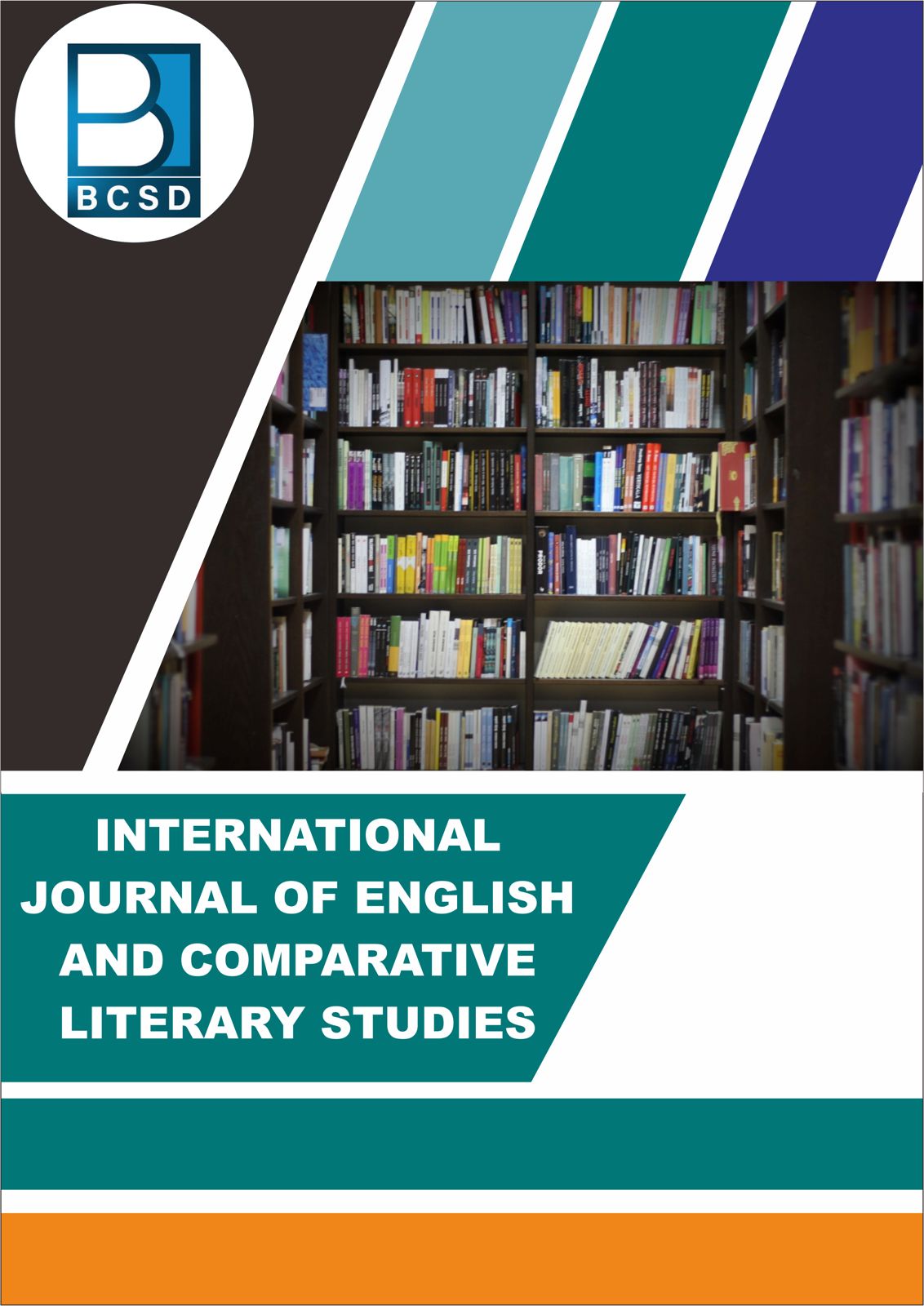Subaltern Perspectives in Jane Eyre and Wide Sargasso Sea: A Comparative Study
DOI:
https://doi.org/10.47631/ijecls.v2i5.334Keywords:
Subaltern, Female Psyche, Colonial Discourse, Postcolonial, Bertha Mason.Abstract
This paper analyzes the textual function of cultural representation of subaltern identity in the construction and maintenance of First and Third World relations in Charlotte Bronte’s Jane Eyre and Jean Rhys’s Wide Sargasso Sea. It focuses on dominant discursive practices that pervade the texts, exploring how the hegemonic ideology of the West is operational in constructing value systems while simultaneously rendering the Third World subjects as subaltern. Both works are upheld by language use that facilitates the understanding of hierarchical structures of power relations and the possibilities of resistance to that project. It shows how Mr. Rochester has been a dominant voice and an authoritative figure in the dehumanizing legacy of patriarchy and imperialism. In Jane Eyre the dominant discursive space restricts the individual identity of Bertha Mason about whom no subjective voice is given to her to claim her identity. But Wide Sargasso Sea functions as a “re-inscription” of Jane Eyre in the sense that Antoinette/Bertha voices and struggle for her identity. Her subjectivity and individual identity are not given but distorted by dominant power structures and discourses that presents ideological contention in the existing social relations and identities.
Downloads
Published
How to Cite
Issue
Section
License
Copyright (c) 2021 Sahabuddin Ahamed

This work is licensed under a Creative Commons Attribution 4.0 International License.















